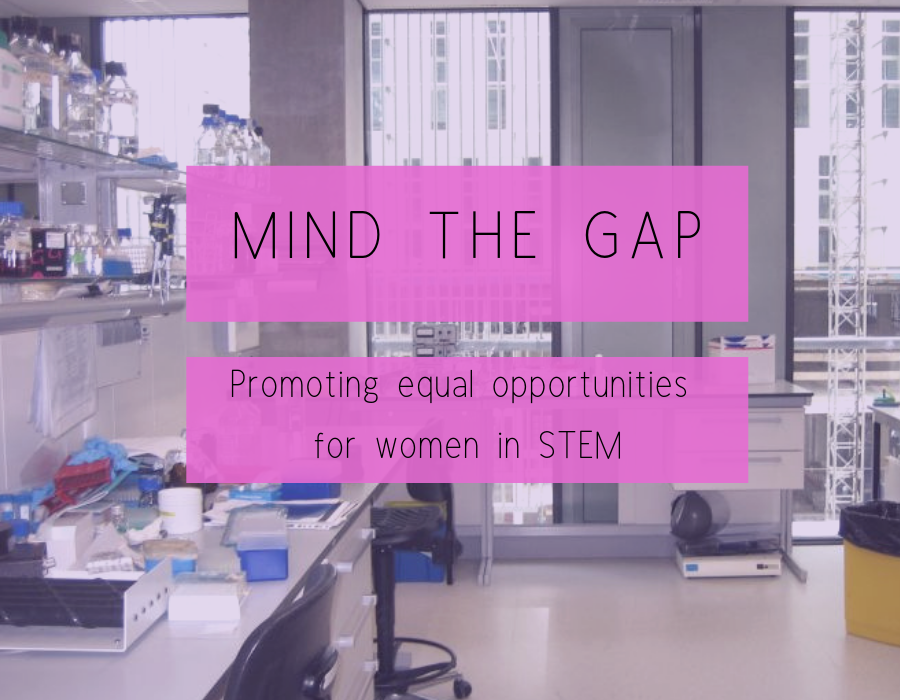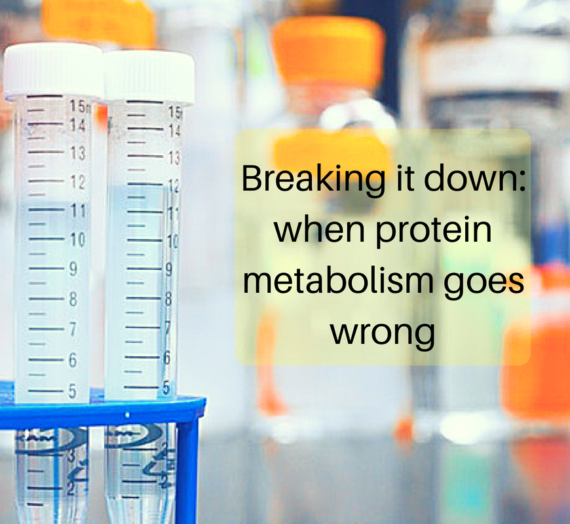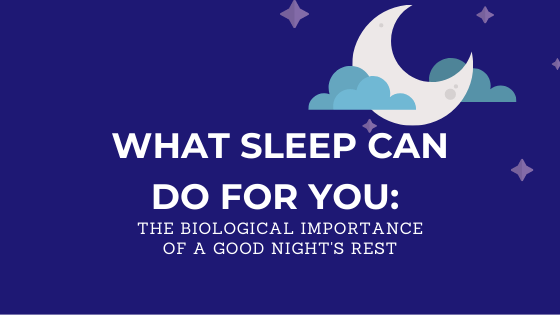Brinda Lakshmi Varahan
I overheard a conversation on the train; two girls, around 15 years old, were having a good chat about their career aspirations. One of them said, ‘I wouldn’t do engineering, it’s a boy’s profession.’ Needless to say, I was shocked to hear that. I really wish I had the time to educate them about the stereotypic portrayal of STEM professionals in the media, and highlight to them the pressing need to improve female workforce in STEM industries. But I couldn’t, as my stop had arrived. I reluctantly got off the train, walked into labs, put on my lab coat and started my day, desperately trying to ignore what had happened on my commute.
In our world today, women make up less than one quarter of all people employed in STEM industries. Less than 30% of researchers are female. Women in STEM publish less and are given fewer opportunities than men to progress in their careers. Women make up 42% of the total number of science professionals, out of which less than 15% are in managerial roles. To top it off, they are paid less for their research.
Although we have come a long way in supporting women in STEM, the gender gap needs to close. Here are a few ways we can promote equal opportunities for women in science:
Support women who wish to have a family
 The concept of taking ‘time off’ is defined as ‘a period of time when you do not work because your employer has given you permission to do something else.’ One such example should be maternity leave. Research shows that many women on maternity leave have experienced guilt for not working during their time off, and often attend to emails, write grants and review papers, when they could have used that time to rest. Quoting a former colleague of mine, ‘you’re lucky if you get a few hours of uninterrupted sleep with a new-born at home.’ Maternity leave should not be envisaged as an analogue to working from home, nor must it be perceived as an extended holiday. It is a necessity, not a privilege, as taking care of a baby is hard work both physically and emotionally. Lastly, wanting to spend quality time with family does not make an individual any less ambitious, intelligent or passionate about their research career. The ‘publish or perish’ is a pervasive mantra followed by many academics, which is unhealthy and destructive
The concept of taking ‘time off’ is defined as ‘a period of time when you do not work because your employer has given you permission to do something else.’ One such example should be maternity leave. Research shows that many women on maternity leave have experienced guilt for not working during their time off, and often attend to emails, write grants and review papers, when they could have used that time to rest. Quoting a former colleague of mine, ‘you’re lucky if you get a few hours of uninterrupted sleep with a new-born at home.’ Maternity leave should not be envisaged as an analogue to working from home, nor must it be perceived as an extended holiday. It is a necessity, not a privilege, as taking care of a baby is hard work both physically and emotionally. Lastly, wanting to spend quality time with family does not make an individual any less ambitious, intelligent or passionate about their research career. The ‘publish or perish’ is a pervasive mantra followed by many academics, which is unhealthy and destructive
Dismantle stereotypes around ‘STEM’
Scientific research is an ever-evolving, dynamic field that is designed to instill passion and motivation for discovery. Yet, numerous studies (including Correll, 2004) and recent accounts from the OECD (Organisation for Economic Co-operation and Development) reveal that cultural stereotypes and societal beliefs of men being better scientists and engineers than women have made it challenging to balance the ratio of male to female STEM professionals. Schemes such as ‘This is What A Scientist Looks Like,’ outreach programmes and widening participation events in schools are emerging to remove the stereotypical image of a scientist. Furthermore, charters such as Athena SWAN, established and managed by the UK Equality Challenge Unit, aim to assist and encourage the recruitment, retention, and promotion of women in STEM.
Have strong female role models
A British documentary maker once said: ‘If she does not see it, she cannot be it.’ Having strong female role models in the industry who demonstrate leadership and success can increase confidence in young researchers to pursue STEM careers. Additionally, families and societal environments can have a pivotal influence on career choices. I am extremely fortunate to be surrounded by strong role models, both at home and at work, who have always encouraged fearless ambition. However, I know I fall into the minority of women, and this needs to change.
Gloria Steinem, a world-renowned journalist, once explained ‘the story of women’s struggle for equality belongs to no single feminist nor to any one organisation, but to the collective efforts of all who care about human rights.’ On that note, it’s worth highlighting that societies, campaigns and organisations which help promote female workforces and welfare are not restricted to women. It is open to all who feel women deserve equal opportunities.
About the author:
 Brinda is a Ph.D. Student at the Barts and the London School of Medicine and Dentistry, England. Brinda started her Ph.D. journey in January 2019 and is investigating the chemo-preventative actions of aspirin on the tumour microenvironment. She is also passionate about de-stigmatising mental health issues in academia and consequently joined the PhDepression as an editor.
Brinda is a Ph.D. Student at the Barts and the London School of Medicine and Dentistry, England. Brinda started her Ph.D. journey in January 2019 and is investigating the chemo-preventative actions of aspirin on the tumour microenvironment. She is also passionate about de-stigmatising mental health issues in academia and consequently joined the PhDepression as an editor.
Outside the lab, Brinda unwinds by dancing and going to the gym. She also recently joined the blogging world and tutors IB students in her spare time. Check out her site here, and be sure to follow her on Instagram too for some lab adventures!





IWD 2019: Celebrating Women In Science – Seeking Science
[…] Don’t forget to check out Brinda’s guest post on promoting equal opportunities for women in stem here […]